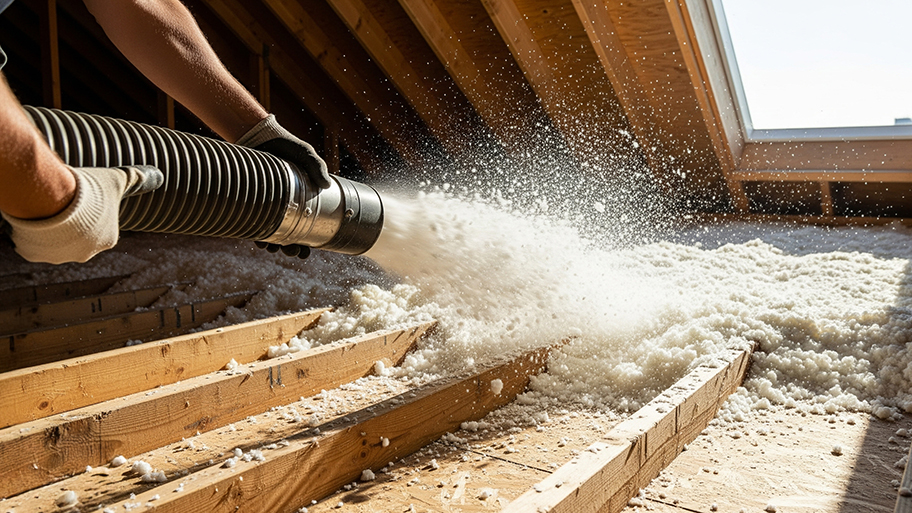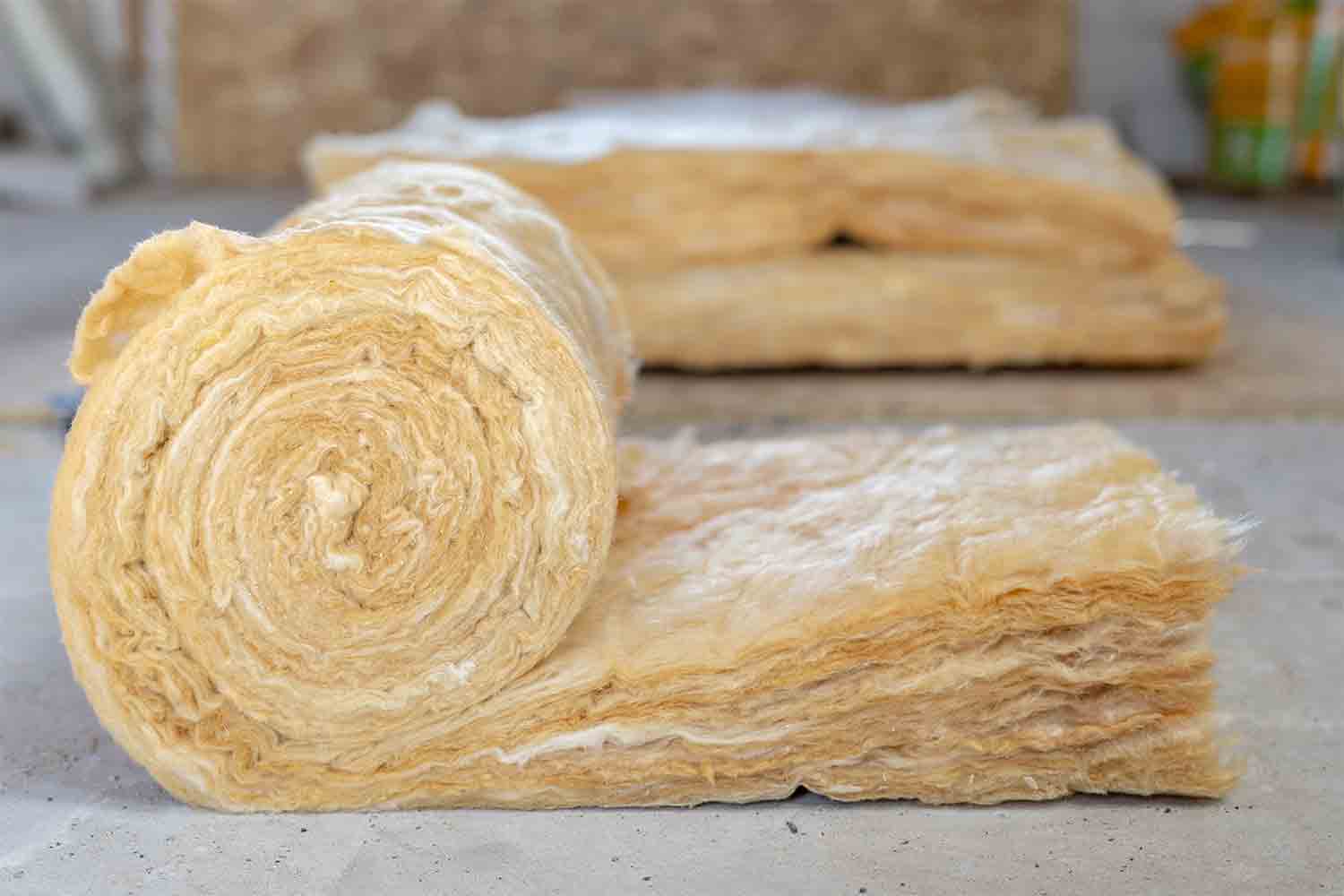
The cost of blown-in insulation costs varies depending on the type of insulation, labor, prep work, and more. Learn more about the cost factors in this guide.
Prepare for installing home insulation by carefully developing a plan before the installation


Installing home insulation is a great investment that contributes to lowering your energy bills and increasing both your comfort and your home’s value.
Whether you plan to install insulation as a DIY project or hire a professional, there are several things to consider beforehand. For an installment process as stress-free as possible, make a game plan, and consider all decisions and necessary actions you’ll have to make about the process.

Whether installing the insulation yourself or hiring a professional, you’ll need to decide which type of insulation you’ll use. Two of the most popular options are blown-in insulation and batt insulation.
Blown-in insulation (also known as loose-fill insulation) comes from collected small pieces of fibers. A blowing machine installs the insulation and, because of this, it’s ideal for irregularly-shaped spaces or rooms with obstacles and/or low ceilings. Batt insulation, typically made from threads of woven fiberglass, is one of the more popular types of insulation and is suitable for spaces free of obstacles.
Whether you opt for blown-in or batt insulation, there are multiple materials out there, and some may work better for your home than others. Hiring an insulation contractor can provide you with knowledge of all available options and the best insulation for your house.
Fiberglass is the most common insulation material, heated to form a liquid, twisted into thin fibers, and often installed as batts or blown-in. Fiberglass insulation is one of the more inexpensive types, nonflammable, and resistant to moisture damage.
Other insulation materials include:
Cellulose insulation: Used for both batt and blow-in insulation and constructed from recycled paper fibers, this type of insulation is somewhat prone to moisture damage.
Rockwool insulation: Used for both batt and blow-in insulation and constructed from rock fibers or recycled slag, this material is fire-resistant but more pricey than other materials.
Cotton insulation: Used for batt insulation and created from fibers of recycled cloth, this type of insulation obstructs airflow and sound and is one of the more expensive materials.
It is essential to repair all leak spots or gaps before installations to allow air to escape, rendering insulation somewhat useless. Furthermore, leaks are prone to mildew and mold damage, which also reduces the insulation’s functionality. If you don’t know how to seal or repair leaks, contact your local plumber.
Typically, contractors recommend installing insulation in your attic, on walls, on floors, in crawl spaces, and in the basement. Installing insulation in these areas is beneficial; it contributes to saving energy within your home.
Typically, the cost of home insulation falls between $1,400 and $6,300, depending on the type of insulation you choose. At roughly $.30 to $1.50 per square foot, batt insulation costs a little less than blown-in insulation, which costs around $1 to $2 per square foot.
It’s essential for many homeowners to know the details of installations; you should know that parts of your insulation may remain visible afterward, particularly for blown-in insulation. The plugs required for this type of installation are often noticeable, so be prepared to rearrange if this will be bothersome.

If you choose to install insulation yourself, keep in mind that the installation can be messy, dusty, and potentially dangerous. You’ll want to have a mask, some type of protective eyewear, and gloves. Consider wearing old clothing or something you won't mind getting dirty. Read all instructions and follow recommendations for tools or safety.
Note: Be sure that the insulation isn’t against heat sources such as wiring, lighting, or water heaters, which could become fire hazards.
If you choose to install your insulation yourself, you’ll spend less money than if you were to hire a professional. However, the project is substantial and requires a level of time commitment; it can take anywhere from a few hours to two days. In addition, the type of insulation you choose will affect the project’s difficulty level.
Homeowners can typically install batt insulation, while most other types tend to require professionals. In addition, specific safety issues may require an expert. Some of these safety considerations include:
Leaks that need repairments
Moldy or rotted areas
Lack of (or no) attic ventilation
Asbestos
Knob and tube wiring
If you come across these issues, contact a professional insulator who can take on the job or provide you with instructions to prevent incidents.
From average costs to expert advice, get all the answers you need to get your job done.

The cost of blown-in insulation costs varies depending on the type of insulation, labor, prep work, and more. Learn more about the cost factors in this guide.

Insulating your attic can massively improve your home’s efficiency and reduce electric bills. Use this guide to find out what attic insulation will cost you.

Crawl space insulation costs vary by size, insulation type, and material. Read this guide to learn how much your crawl space insulation could cost.

Read our guide to insulating your attic for energy efficiency and comfort. Learn expert safety tips, cost considerations, proper preparation, and more.

When comparing fiberglass insulation versus foam board, each has certain areas where it works better. Learn more about these home insulation options.

Our guide walks you through how to insulate a garage, including the walls, ceiling, and the garage door, in eight steps.